Bestoun S. Ahmed
Enhancing Machine Learning Performance through Intelligent Data Quality Assessment: An Unsupervised Data-centric Framework
Feb 18, 2025Abstract:Poor data quality limits the advantageous power of Machine Learning (ML) and weakens high-performing ML software systems. Nowadays, data are more prone to the risk of poor quality due to their increasing volume and complexity. Therefore, tedious and time-consuming work goes into data preparation and improvement before moving further in the ML pipeline. To address this challenge, we propose an intelligent data-centric evaluation framework that can identify high-quality data and improve the performance of an ML system. The proposed framework combines the curation of quality measurements and unsupervised learning to distinguish high- and low-quality data. The framework is designed to integrate flexible and general-purpose methods so that it is deployed in various domains and applications. To validate the outcomes of the designed framework, we implemented it in a real-world use case from the field of analytical chemistry, where it is tested on three datasets of anti-sense oligonucleotides. A domain expert is consulted to identify the relevant quality measurements and evaluate the outcomes of the framework. The results show that the quality-centric data evaluation framework identifies the characteristics of high-quality data that guide the conduct of efficient laboratory experiments and consequently improve the performance of the ML system.
* 42 pages
Towards Trustworthy Machine Learning in Production: An Overview of the Robustness in MLOps Approach
Oct 28, 2024Abstract:Artificial intelligence (AI), and especially its sub-field of Machine Learning (ML), are impacting the daily lives of everyone with their ubiquitous applications. In recent years, AI researchers and practitioners have introduced principles and guidelines to build systems that make reliable and trustworthy decisions. From a practical perspective, conventional ML systems process historical data to extract the features that are consequently used to train ML models that perform the desired task. However, in practice, a fundamental challenge arises when the system needs to be operationalized and deployed to evolve and operate in real-life environments continuously. To address this challenge, Machine Learning Operations (MLOps) have emerged as a potential recipe for standardizing ML solutions in deployment. Although MLOps demonstrated great success in streamlining ML processes, thoroughly defining the specifications of robust MLOps approaches remains of great interest to researchers and practitioners. In this paper, we provide a comprehensive overview of the trustworthiness property of MLOps systems. Specifically, we highlight technical practices to achieve robust MLOps systems. In addition, we survey the existing research approaches that address the robustness aspects of ML systems in production. We also review the tools and software available to build MLOps systems and summarize their support to handle the robustness aspects. Finally, we present the open challenges and propose possible future directions and opportunities within this emerging field. The aim of this paper is to provide researchers and practitioners working on practical AI applications with a comprehensive view to adopt robust ML solutions in production environments.
Adaptive Data Quality Scoring Operations Framework using Drift-Aware Mechanism for Industrial Applications
Aug 13, 2024Abstract:Within data-driven artificial intelligence (AI) systems for industrial applications, ensuring the reliability of the incoming data streams is an integral part of trustworthy decision-making. An approach to assess data validity is data quality scoring, which assigns a score to each data point or stream based on various quality dimensions. However, certain dimensions exhibit dynamic qualities, which require adaptation on the basis of the system's current conditions. Existing methods often overlook this aspect, making them inefficient in dynamic production environments. In this paper, we introduce the Adaptive Data Quality Scoring Operations Framework, a novel framework developed to address the challenges posed by dynamic quality dimensions in industrial data streams. The framework introduces an innovative approach by integrating a dynamic change detector mechanism that actively monitors and adapts to changes in data quality, ensuring the relevance of quality scores. We evaluate the proposed framework performance in a real-world industrial use case. The experimental results reveal high predictive performance and efficient processing time, highlighting its effectiveness in practical quality-driven AI applications.
* 17 pages
An Adaptive Metaheuristic Framework for Changing Environments
Apr 18, 2024Abstract:The rapidly changing landscapes of modern optimization problems require algorithms that can be adapted in real-time. This paper introduces an Adaptive Metaheuristic Framework (AMF) designed for dynamic environments. It is capable of intelligently adapting to changes in the problem parameters. The AMF combines a dynamic representation of problems, a real-time sensing system, and adaptive techniques to navigate continuously changing optimization environments. Through a simulated dynamic optimization problem, the AMF's capability is demonstrated to detect environmental changes and proactively adjust its search strategy. This framework utilizes a differential evolution algorithm that is improved with an adaptation module that adjusts solutions in response to detected changes. The capability of the AMF to adjust is tested through a series of iterations, demonstrating its resilience and robustness in sustaining solution quality despite the problem's development. The effectiveness of AMF is demonstrated through a series of simulations on a dynamic optimization problem. Robustness and agility characterize the algorithm's performance, as evidenced by the presented fitness evolution and solution path visualizations. The findings show that AMF is a practical solution to dynamic optimization and a major step forward in the creation of algorithms that can handle the unpredictability of real-world problems.
Machine Learning Data Suitability and Performance Testing Using Fault Injection Testing Framework
Sep 20, 2023



Abstract:Creating resilient machine learning (ML) systems has become necessary to ensure production-ready ML systems that acquire user confidence seamlessly. The quality of the input data and the model highly influence the successful end-to-end testing in data-sensitive systems. However, the testing approaches of input data are not as systematic and are few compared to model testing. To address this gap, this paper presents the Fault Injection for Undesirable Learning in input Data (FIUL-Data) testing framework that tests the resilience of ML models to multiple intentionally-triggered data faults. Data mutators explore vulnerabilities of ML systems against the effects of different fault injections. The proposed framework is designed based on three main ideas: The mutators are not random; one data mutator is applied at an instance of time, and the selected ML models are optimized beforehand. This paper evaluates the FIUL-Data framework using data from analytical chemistry, comprising retention time measurements of anti-sense oligonucleotide. Empirical evaluation is carried out in a two-step process in which the responses of selected ML models to data mutation are analyzed individually and then compared with each other. The results show that the FIUL-Data framework allows the evaluation of the resilience of ML models. In most experiments cases, ML models show higher resilience at larger training datasets, where gradient boost performed better than support vector regression in smaller training sets. Overall, the mean squared error metric is useful in evaluating the resilience of models due to its higher sensitivity to data mutation.
DA-LSTM: A Dynamic Drift-Adaptive Learning Framework for Interval Load Forecasting with LSTM Networks
May 15, 2023Abstract:Load forecasting is a crucial topic in energy management systems (EMS) due to its vital role in optimizing energy scheduling and enabling more flexible and intelligent power grid systems. As a result, these systems allow power utility companies to respond promptly to demands in the electricity market. Deep learning (DL) models have been commonly employed in load forecasting problems supported by adaptation mechanisms to cope with the changing pattern of consumption by customers, known as concept drift. A drift magnitude threshold should be defined to design change detection methods to identify drifts. While the drift magnitude in load forecasting problems can vary significantly over time, existing literature often assumes a fixed drift magnitude threshold, which should be dynamically adjusted rather than fixed during system evolution. To address this gap, in this paper, we propose a dynamic drift-adaptive Long Short-Term Memory (DA-LSTM) framework that can improve the performance of load forecasting models without requiring a drift threshold setting. We integrate several strategies into the framework based on active and passive adaptation approaches. To evaluate DA-LSTM in real-life settings, we thoroughly analyze the proposed framework and deploy it in a real-world problem through a cloud-based environment. Efficiency is evaluated in terms of the prediction performance of each approach and computational cost. The experiments show performance improvements on multiple evaluation metrics achieved by our framework compared to baseline methods from the literature. Finally, we present a trade-off analysis between prediction performance and computational costs.
A Domain-Region Based Evaluation of ML Performance Robustness to Covariate Shift
Apr 18, 2023Abstract:Most machine learning methods assume that the input data distribution is the same in the training and testing phases. However, in practice, this stationarity is usually not met and the distribution of inputs differs, leading to unexpected performance of the learned model in deployment. The issue in which the training and test data inputs follow different probability distributions while the input-output relationship remains unchanged is referred to as covariate shift. In this paper, the performance of conventional machine learning models was experimentally evaluated in the presence of covariate shift. Furthermore, a region-based evaluation was performed by decomposing the domain of probability density function of the input data to assess the classifier's performance per domain region. Distributional changes were simulated in a two-dimensional classification problem. Subsequently, a higher four-dimensional experiments were conducted. Based on the experimental analysis, the Random Forests algorithm is the most robust classifier in the two-dimensional case, showing the lowest degradation rate for accuracy and F1-score metrics, with a range between 0.1% and 2.08%. Moreover, the results reveal that in higher-dimensional experiments, the performance of the models is predominantly influenced by the complexity of the classification function, leading to degradation rates exceeding 25% in most cases. It is also concluded that the models exhibit high bias towards the region with high density in the input space domain of the training samples.
Quality Assurance in MLOps Setting: An Industrial Perspective
Nov 24, 2022Abstract:Today, machine learning (ML) is widely used in industry to provide the core functionality of production systems. However, it is practically always used in production systems as part of a larger end-to-end software system that is made up of several other components in addition to the ML model. Due to production demand and time constraints, automated software engineering practices are highly applicable. The increased use of automated ML software engineering practices in industries such as manufacturing and utilities requires an automated Quality Assurance (QA) approach as an integral part of ML software. Here, QA helps reduce risk by offering an objective perspective on the software task. Although conventional software engineering has automated tools for QA data analysis for data-driven ML, the use of QA practices for ML in operation (MLOps) is lacking. This paper examines the QA challenges that arise in industrial MLOps and conceptualizes modular strategies to deal with data integrity and Data Quality (DQ). The paper is accompanied by real industrial use-cases from industrial partners. The paper also presents several challenges that may serve as a basis for future studies.
Prioritized Variable-length Test Cases Generation for Finite State Machines
Apr 03, 2022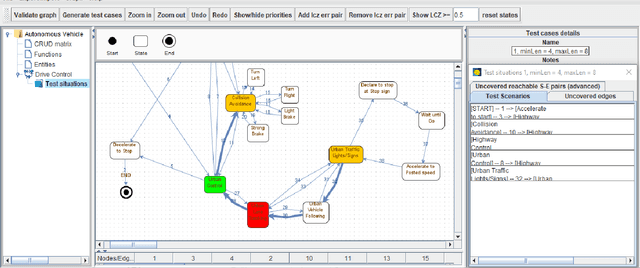
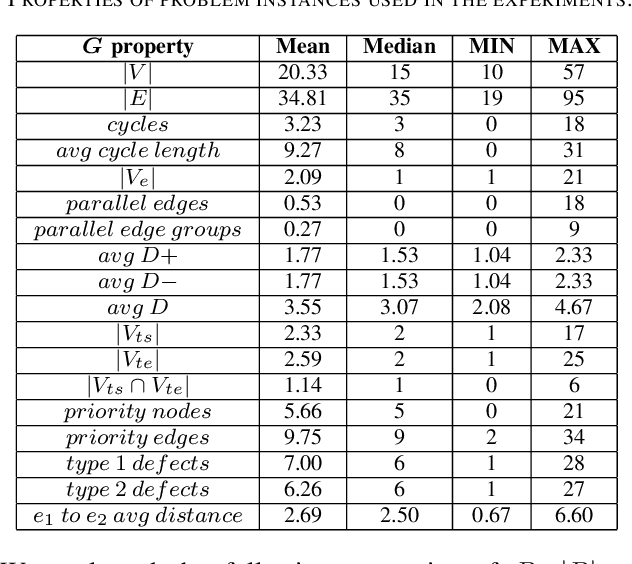
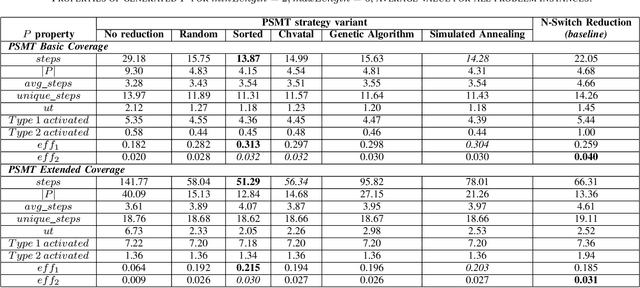
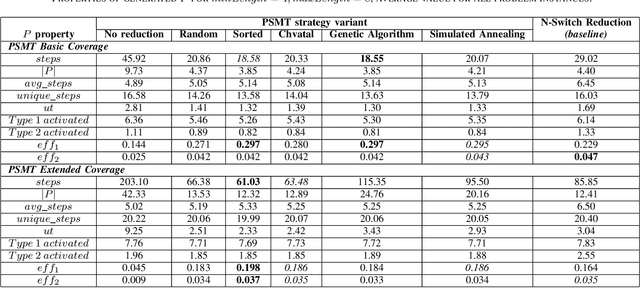
Abstract:Model-based Testing (MBT) is an effective approach for testing when parts of a system-under-test have the characteristics of a finite state machine (FSM). Despite various strategies in the literature on this topic, little work exists to handle special testing situations. More specifically, when concurrently: (1) the test paths can start and end only in defined states of the FSM, (2) a prioritization mechanism that requires only defined states and transitions of the FSM to be visited by test cases is required, and (3) the test paths must be in a given length range, not necessarily of explicit uniform length. This paper presents a test generation strategy that satisfies all these requirements. A concurrent combination of these requirements is highly practical for real industrial testing. Six variants of possible algorithms to implement this strategy are described. Using a mixture of 180 problem instances from real automotive and defense projects and artificially generated FSMs, all variants are compared with a baseline strategy based on an established N-switch coverage concept modification. Various properties of the generated test paths and their potential to activate fictional defects defined in FSMs are evaluated. The presented strategy outperforms the baseline in most problem configurations. Out of the six analyzed variants, three give the best results even though a universal best performer is hard to identify. Depending on the application of the FSM, the strategy and evaluation presented in this paper are applicable both in testing functional and non-functional software requirements.
From Concept Drift to Model Degradation: An Overview on Performance-Aware Drift Detectors
Mar 21, 2022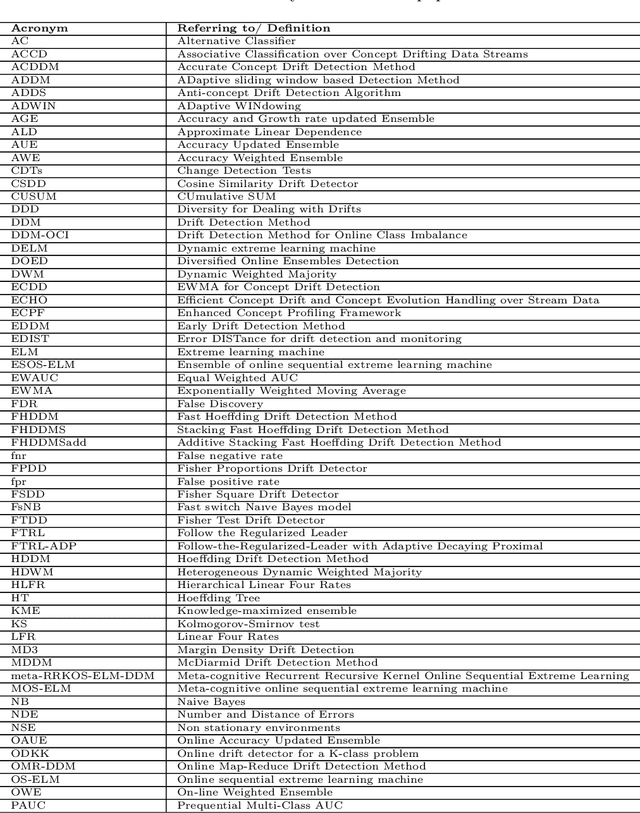
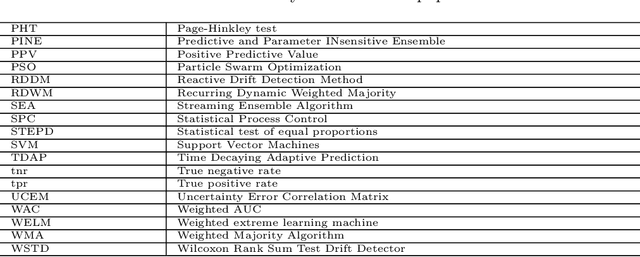
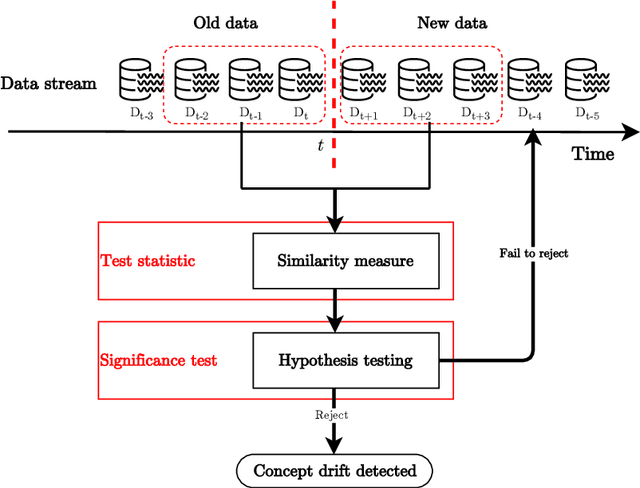
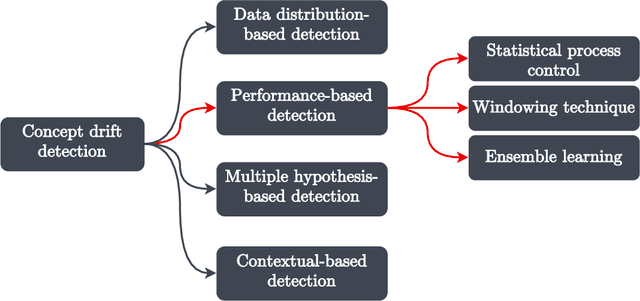
Abstract:The dynamicity of real-world systems poses a significant challenge to deployed predictive machine learning (ML) models. Changes in the system on which the ML model has been trained may lead to performance degradation during the system's life cycle. Recent advances that study non-stationary environments have mainly focused on identifying and addressing such changes caused by a phenomenon called concept drift. Different terms have been used in the literature to refer to the same type of concept drift and the same term for various types. This lack of unified terminology is set out to create confusion on distinguishing between different concept drift variants. In this paper, we start by grouping concept drift types by their mathematical definitions and survey the different terms used in the literature to build a consolidated taxonomy of the field. We also review and classify performance-based concept drift detection methods proposed in the last decade. These methods utilize the predictive model's performance degradation to signal substantial changes in the systems. The classification is outlined in a hierarchical diagram to provide an orderly navigation between the methods. We present a comprehensive analysis of the main attributes and strategies for tracking and evaluating the model's performance in the predictive system. The paper concludes by discussing open research challenges and possible research directions.
 Add to Chrome
Add to Chrome Add to Firefox
Add to Firefox Add to Edge
Add to Edge